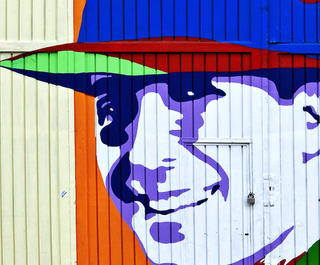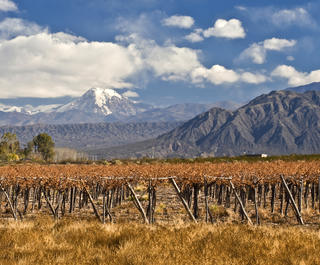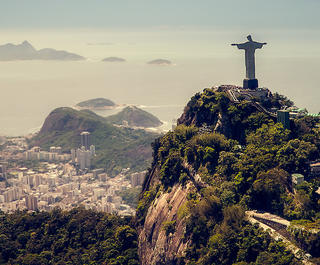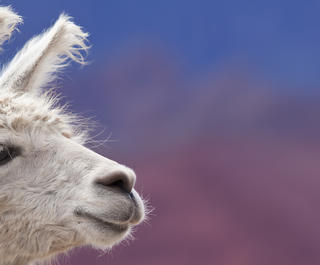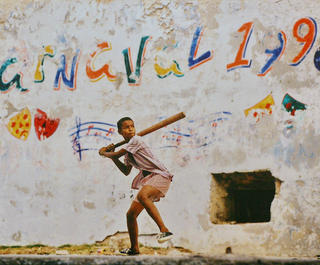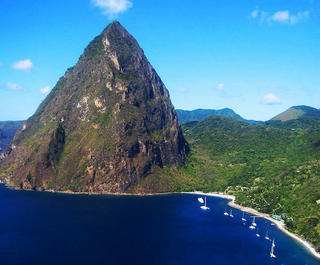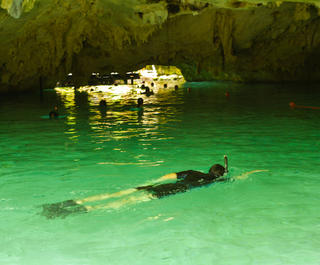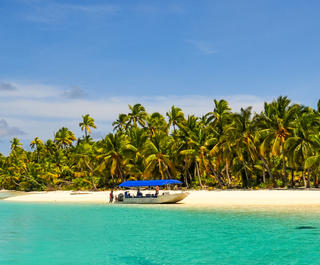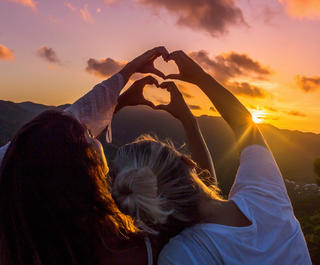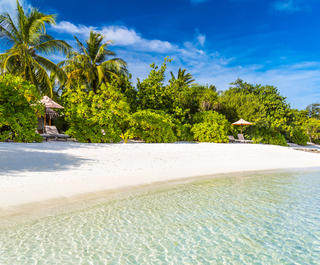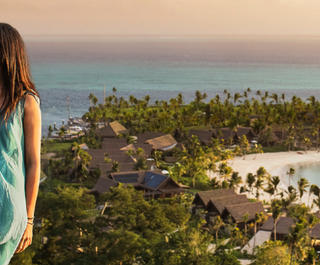
The vast region at the southern end of Argentina is home to some of the most stunning scenery on earth - from glaciers, to mountains, to grasslands, to fjords. Here's what every Patagonian itinerary should include.
It's been 40 years since Bruce Chatwin published In Patagonia, a masterpiece of travel writing that brought the exotic and mysterious region at South America's southernmost tip to the rest of the world. Chatwin found a wild land that had not much changed since humans first arrived tens of thousands of years ago. Happily for adventure-seekers, there's been little change still.
Spanning both Argentina and Chile, and with the Andes as its dividing line, Patagonia is a mix of windswept grasslands and stark deserts, jaw-dropping glacial fjords and temperate rainforests. It's a region of extreme contrasts and natural beauty.
As Chatwin wrote, "Patagonia is the farthest place to which man walked from his place of origin,” and to this day it retains near-mythical status in the minds of the world's adventurers.
Patagonia is also very, very large, covering more than one million square kilometres, so the key to exploring the region is giving yourself ample time to see and do everything it has to offer. But if you want to experience the best of Patagonia, take a leaf out of Chatwin's book and do the following...
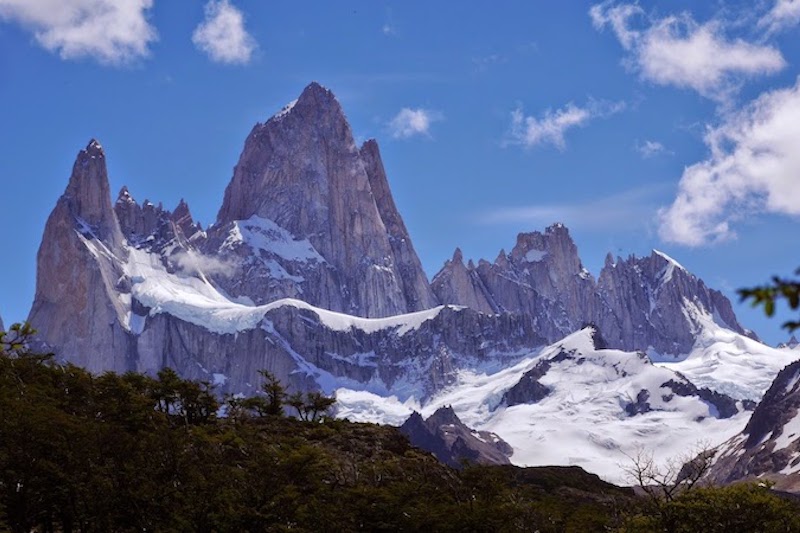
Get hiking
A visit to Patagonia wouldn't be complete without lacing up your hiking books and seeing the rugged beauty of the region on foot.
Head to El Chalten, where seasoned hikers can tackle the eight-hour round trip to see Monte Fitz Roy, the iconic peak that inspired the logo for the clothing brand Patagonia. Across the border in Chile, a highlight is the striking granite boulders, hanging glaciers and turquoise-hued lagoons on the famous "W" circuit in the Torres Del Paine National Park. Don't forget your camera – and sunglasses, as the sun can be very bright all year round.
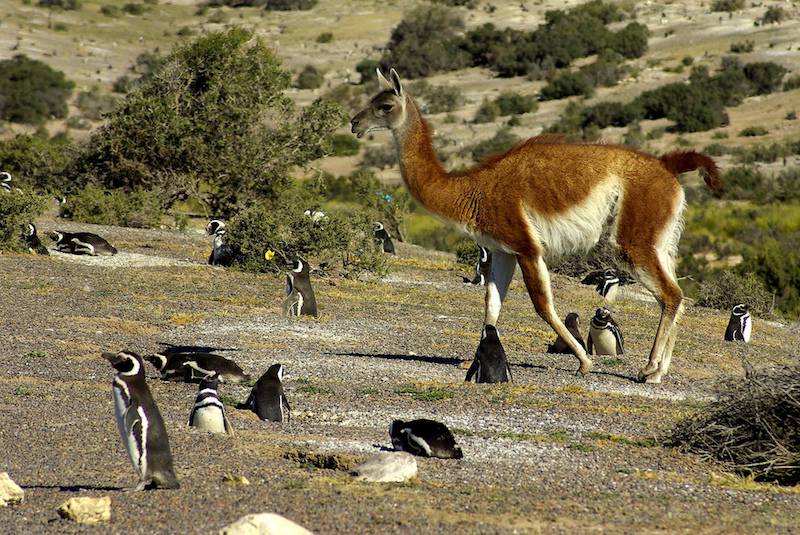
Spot the region's Big Five
Patagonia is teeming with indigenous wildlife, and animal lovers should keep an eye out for the region's own "Big Five": pumas, llama-like guanacos, South Andean deer (huemul), Andean condors and the ostrich-like rhea. Travellers can also easily spot flamingos, penguins and foxes.
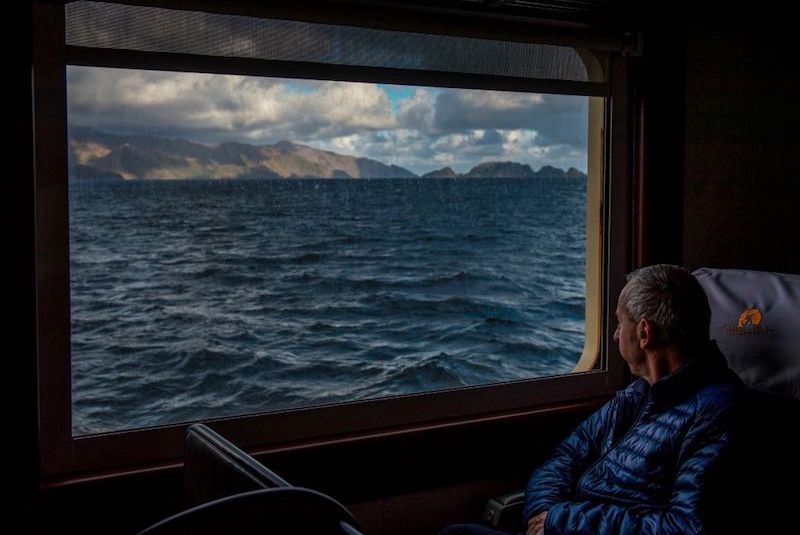
Take to the water
For travellers who prefer water to dry land, Patagonia is a moving feast of adventures; a top pick is kayaking along the Strait of Magellan. Named for the famous Portuguese explorer, this sea route is the most important natural passage between the Atlantic and Pacific Oceans. Expect to see lots of dolphins and sea lions, as well as stunning bays and sandy beaches.
In Argentina you can also follow history and retrace Charles Darwin's famous voyage with a wildlife cruise down the Beagle Channel. Another highlight is a paddle around giant icebergs in the Upsala Channel and Lake Argentino.

Get up close to glaciers
Patagonia is famous for its glaciers, and the most famous of all might be the astonishing Perito Moreno Glacier. There adventurous travellers can trek across the still-growing glacier, which is also the world's third largest freshwater reserve.
Perito Moreno is only a few kilometres from the Chilean border; if you cross over into Chilean Patagonia, it's a good idea to base yourself at Puerto Natales, a former fishing port that's the gateway to the Torres del Paine National Park. From here you can explore the massive Grey Glacier, either on board a boat which will take you right up to its edge, or by trekking around the iceberg-dotted lake into which the glacier spills.
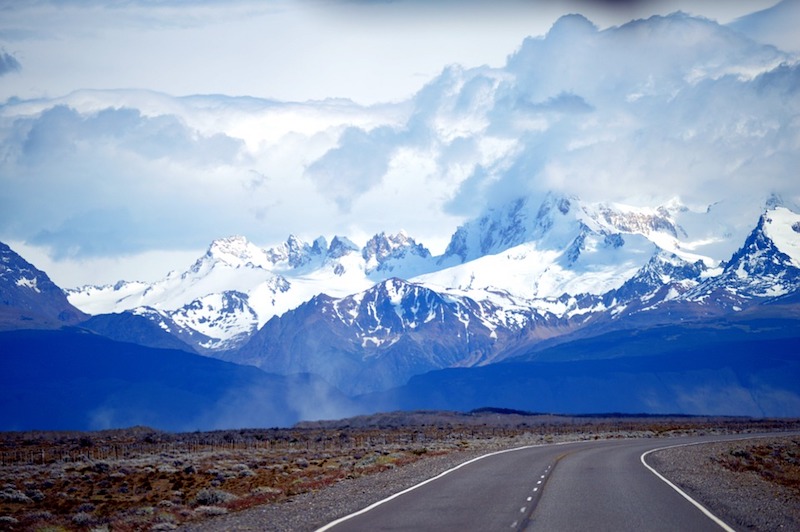
Drive the legendary RN40
Known officially as Ruta Nacional 40 (RN40), the Patagonian highway runs nearly the length of Argentina, a distance of more than 5000 km. It's not for the faint-hearted or ill-prepared – but do it right and you will be rewarded with all the riches that Chatwin himself experienced: massive frontier horizons, craggy peaks and unspoiled rivers, gem-coloured lakes and glacial peaks.
Fill your belly
Nearly as remarkable as Patagonia's scenery is its food and any visit to the region is not complete without tasting Patagonia's most famous dish, the cordero al palo. The spit roast lamb cooked over an open log fire for several hours is perfect for refuelling after all the hiking and horse riding you will be tempted into, and it goes well with the local empanadas de cordero (lamb empanadas).
For something truly different, travellers should try the calafate berry, considered a symbol of Patagonia. Legend has it whoever eats a calafate berry – used widely in regional recipes, including jams, gelatos and, happily, cocktails – will return to Patagonia.


